Some of the healthiest foods out there don’t have labels, which makes it easy to know exactly what you’re getting. When you pick up an apple, all you’re getting is an apple. When you pick up a head of lettuce, all that’s there is a head of lettuce.
But it gets more complicated when you pick up a box of mac and cheese, which you know isn’t the healthiest choice, and you’re curious whether the health claims the company makes are really true. Sometimes labels can be deceiving, so knowing what health claims really mean can lead to more knowledge-based decisions when walking down the aisles of the supermarket.
“Whole Grain”
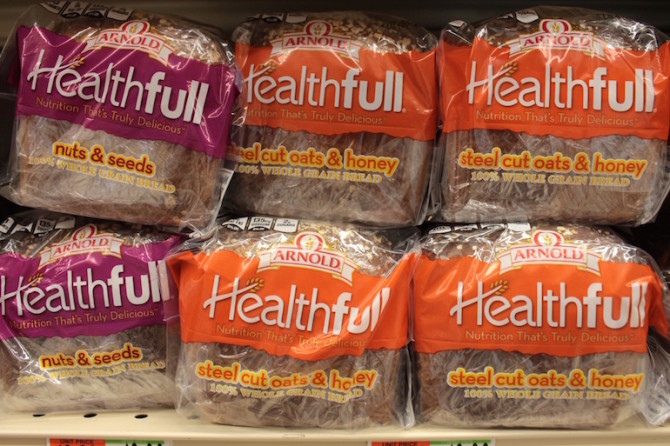
Photo by Jaye Lind
Refined white flour with just a little bit of wheat added back into it can be listed as whole grain. With interest in staying healthy, many people reach towards whole grains as healthier alternatives, but it’s important to know how much whole grain the product contains:
- “Made with whole grains” – Only a minimal amount of whole grains need to be added for this claim to be used.
- “Wheat flour” – This is generally a mind trick to make you believe health benefits the product might have. Instead, be on the look out for “whole wheat flour,” not just “wheat,” which only indicates that wheat is the grain that was used.
- “Multigrain” – This just means that more than one type of grain was used. Multigrain has no proven health benefits, especially if all grains used are refined (and chances are, they will be).
“Reduced Fat”
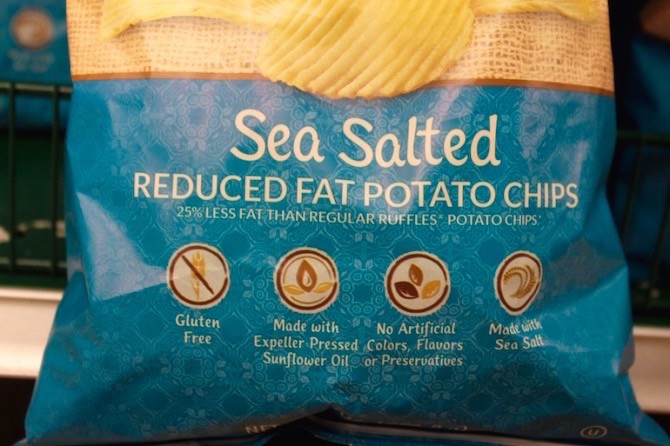
Photo by Jaye Lind
Fat content must have been reduced by 25% compared to the original product. This doesn’t mean that the product is low in fat, nor does it mean that the product is low in calories. It will most likely be a healthier option than its original, but the comparison is only based on fat content, so be on the look out for added sugars or sweeteners with the fat reduction – lower fat food often is higher in sugar to replace the removed fat and improve the taste.
“Sugar Free”
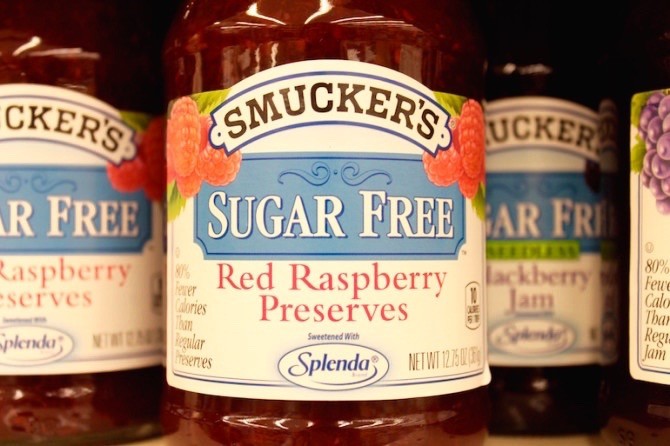
Photo by Jaye Lind
Sugar free indicates that there is less than 0.5 grams of sugar in a product, but it doesn’t mean that a product has fewer calories than the original product – it may even have more.
These products often contain sugar substitutes, such as stevia and Splenda, or sugar alcohols, which are lower in calories than sugar, but are not recommended to consume in high quantities. While this is still controversial and being researched, many believe that these types of ingredients still interact with our biology by changing insulin response, hunger and satiety hormones, and the brain’s pleasure and reward centers as sugar does.
“Light/Lite”
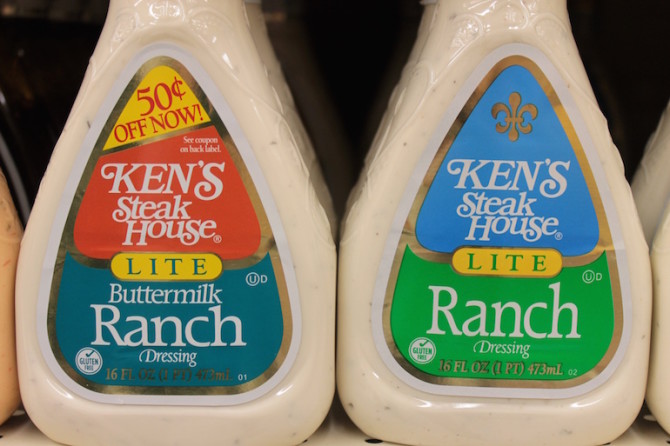
Photo by Jaye Lind
This means the product has 50% less fat than its original product and/or the calories have been reduced by at least 33%. Be wary of the claim of “light” correlating to lighter color or flavor, though. Light olive oil and light brown sugar both indicate a less intense flavor and lighter colors respectively, not lighter in calories or fat content.
“Cholesterol Free”

Cholesterol is naturally created by the liver, so only animal products will have cholesterol. But just because a product claims to be cholesterol free, doesn’t mean that the product is in any way healthy. An example would be a random claim on gummy bears – something that wouldn’t be expected to have cholesterol to begin with.
“Trans Fat Free”
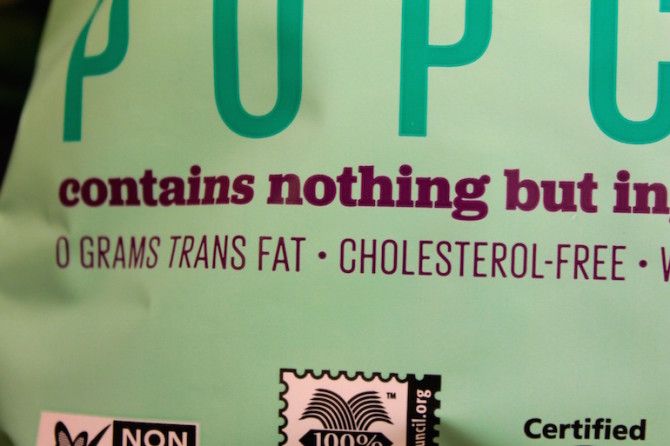
Photo by Jaye Lind
The product contains less than 0.5g of trans fat per serving, even if trace amounts are present. A way to avoid these trace amounts that seem to add up quickly is to scan through the ingredient list to make sure there are not hydrogenated or partially hydrogenated oils, which mean that the product actually isn’t trans fat free. And double check the serving size, usually when the serving size is ridiculously low (for example 6 potato chips), the nutrition label is trying to hide large quantities of a red flag ingredient like cholesterol.
“Healthy”
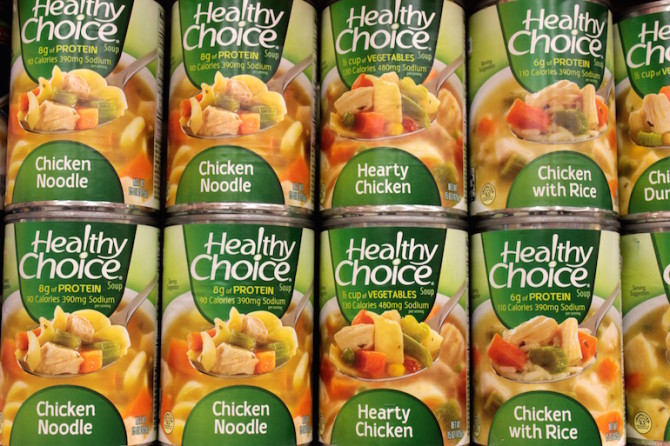
Photo by Jaye Lind
These foods have to meet a long list of requirements including being low in sodium, cholesterol, fat, and containing at least 10% of the recommended daily value for nutrients such as vitamin C and calcium.
“Natural”
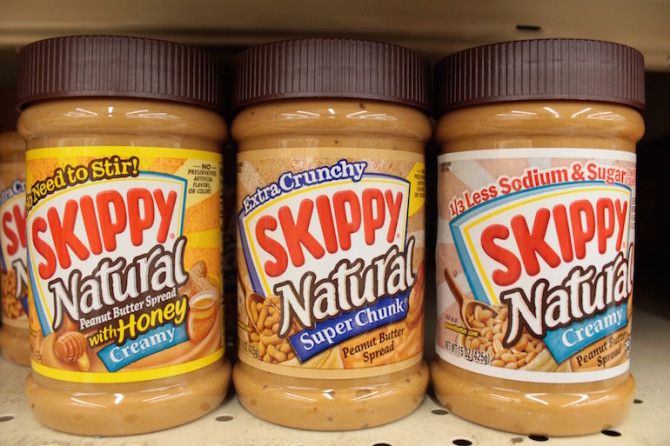
Photo by Jaye Lind
The term natural is not regulated by the FDA, so food companies can use it on any label to draw attention and interest to their product. “Natural” brings to mind thoughts of fresh, minimally processed, and generally healthy food, but in reality, this claim shows nothing about the food’s nutritional content, ingredients, or means of processing. Many ingredients originate from a “natural” source, but are chemically changed during processing to create the final product. Often, even products made with high fructose corn syrup are labeled “natural.”


